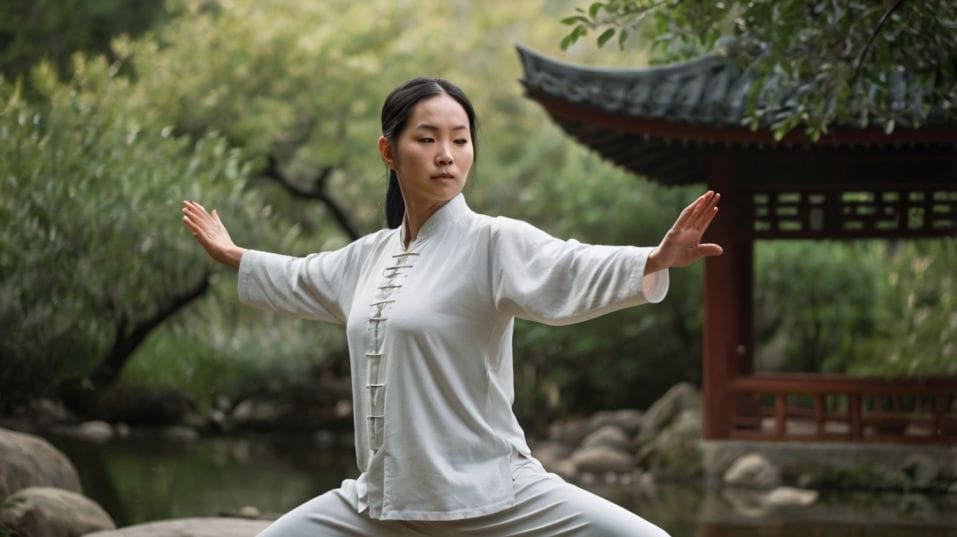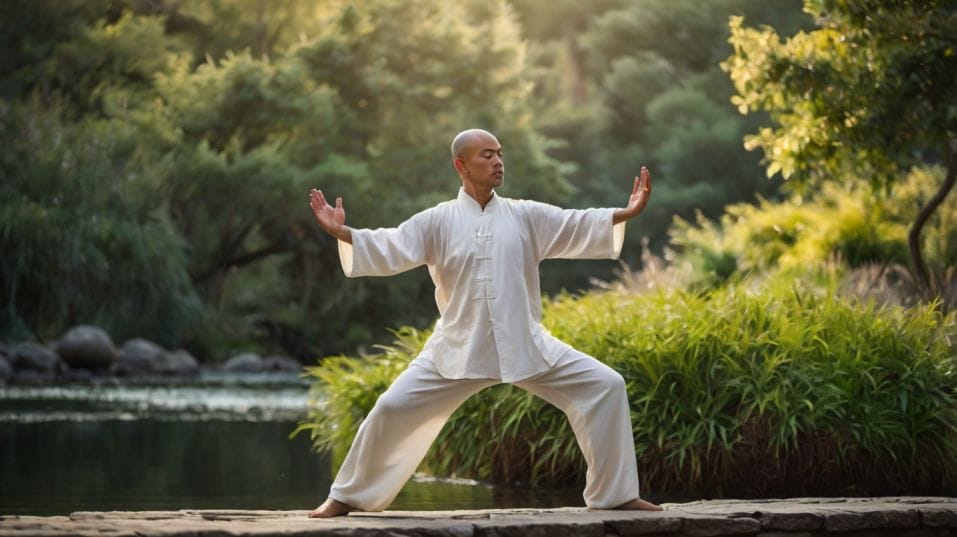Why Slow, Intentional Movement Helps Clear Mental Clutter
Discover how slow, intentional movement reduces stress, clears mental clutter, and improves focus. Learn simple ways to add it to your routine.

Does your mind feel like it's constantly racing, making it hard to focus? The answer to mental overload isn’t pushing harder—it’s slowing down.
Intentional, slow movement signals the nervous system to shift from stress to clarity, enhancing focus and emotional balance.
Science confirms that mindful exercises like yoga, tai chi, and walking meditation improve cognitive function while reducing stress.
And the best part? You don’t need a full workout—just small, mindful movements throughout your day can create a lasting mental reset.
The Science of Slow Movement and Mental Clarity
Before diving into the brain-boosting benefits, it’s important to understand why slowing down works. Gentle movement doesn’t just relax the body—it rewires the mind for better focus, creativity, and decision-making.
By engaging both the body and breath, slow movement fosters a state of deep awareness, shifting the brain from reactive stress mode to a more balanced, intentional state.

How Gentle Movement Enhances Brain Function
Intentional movement isn’t just about flexibility or strength—it changes the brain. Research shows that slow, mindful exercises increase grey matter, which improves memory, concentration, and cognitive agility.
These movements also regulate breath, keeping emotions in check and sharpening awareness.
Slowing down shifts the brain from a reactive state to a mindful, focused presence. Instead of being trapped in constant mental chatter, the mind recalibrates, opening space for creativity, logical reasoning, and problem-solving.
Studies have found that even a short session of yoga or walking meditation can enhance neural connectivity, improving attention span and mental endurance.
Moreover, mindful movement counteracts the cognitive decline associated with chronic stress. Stress hormones like cortisol can damage the hippocampus—the part of the brain responsible for memory and learning.
By reducing cortisol levels, slow movement protects brain function and promotes long-term mental clarity.
The Power of Breath and Movement Synchronization
Breath is the bridge between body and mind. Coordinating slow movement with deep, intentional breathing enhances oxygen flow, reducing cortisol levels and stabilizing the nervous system.
Tai chi and controlled breathing exercises train the body to stay calm under pressure, reinforcing focus and emotional balance throughout the day.
When breath is consciously linked to movement, it creates a rhythmic flow that anchors awareness in the present moment.
This synchronization reduces mental static and helps break the habit of multitasking—one of the biggest culprits behind mental fatigue.
Studies show that diaphragmatic breathing, when combined with slow movement, improves heart rate variability (HRV), a key marker of resilience to stress.
Why Slow Movement Reduces Stress and Anxiety
Stress isn’t just mental—it manifests physically, keeping the body in a constant state of tension.
Slow movement interrupts this cycle by engaging the nervous system’s natural relaxation response, creating a shift from high alert to deep calm. This transition helps regulate emotions, lower stress hormones, and build long-term resilience.
Activating the Body’s Natural Calm
Slow movement engages the parasympathetic nervous system, shifting the body from fight-or-flight to rest-and-digest mode.
This helps lower blood pressure, ease anxiety, and create lasting calm. Unlike rapid exercise, which can overstimulate the nervous system, slow movement soothes it.
This shift isn’t just momentary; with consistent practice, the nervous system becomes more adaptable. People who regularly engage in slow, intentional movement show lower baseline stress levels and greater emotional regulation.
Neuroscientists have found that movement-based mindfulness practices alter brain activity, reducing activation in the amygdala—the brain’s fear center—while increasing activity in regions linked to rational thinking and self-awareness.
Breaking Free from Mental Overload
Racing thoughts thrive on stress. When you shift attention to physical movement, the mind quiets. Instead of spiraling through worries, you become grounded in the present, allowing stress to dissolve naturally.
This mindful awareness creates a reset effect, helping you regain clarity without forcefully suppressing thoughts.
Incorporating slow movement into daily life builds resilience against cognitive overload. Over time, it rewires the brain to respond to stress with calm and clarity rather than reactivity.
Research on mindful movement therapies, such as qigong and yoga, highlights their ability to increase GABA (gamma-aminobutyric acid), a neurotransmitter that promotes relaxation and reduces anxiety.
How to Integrate Slow, Intentional Movement Daily
- Mindful Walking: Focus on each step and breath. This simple practice declutters the mind while easing tension. A slow, deliberate walk—whether in nature or simply around the office—can transform your mental state within minutes.
- Yoga & Stretching: Deep stretches release stored stress in the body while reinforcing mental relaxation. A few minutes of yin yoga or spinal twists can reset posture and ease mental fatigue from prolonged screen time.
- Tai Chi & Qigong: These fluid, meditative movements build balance, focus, and internal harmony. Unlike static meditation, they allow the body to move while fostering a deep state of awareness.
- Breath-Synced Movement: Flowing through slow motions while timing breath enhances control and presence. Even small movements, such as stretching the arms overhead while inhaling deeply, can shift your mental state.
Making Slow Movement a Habit
Start with five minutes. A few mindful stretches, deep breaths, or a short walking meditation can shift your mental state.
Take movement breaks throughout the day—small resets lead to better focus and productivity. Set a routine that works for you, whether it’s a morning stretch, midday movement, or an evening unwind session.
To build consistency, pair slow movement with existing habits. Stretch while waiting for your coffee to brew. Practice mindful breathing during your commute. Take a brief tai chi break between meetings.
By embedding movement into daily life, it becomes effortless rather than another task on your to-do list.
Final Thoughts
Mental clarity doesn’t require force—it thrives in stillness and intentional movement. By embracing slow, mindful motion, you create space for sharper focus, reduced stress, and a more balanced mind. Don’t overthink it—just start.
Move with intention today, and see how your mind responds. No need to wait for the perfect moment. Stand up, take a deep breath, and stretch. Your mind will thank you.




